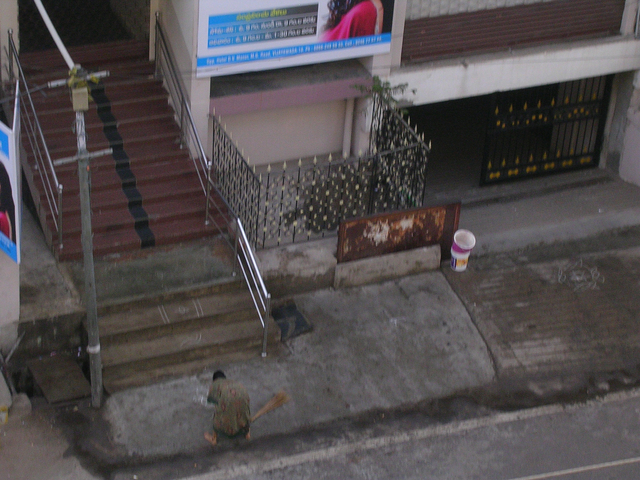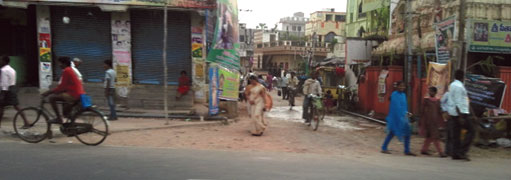Opinion: Dull Gray Dawn In Vijayawada Explodes Into Something Else Altogether




Latest Article|September 3, 2020|Free
::Making Grown Men Cry Since 1992





